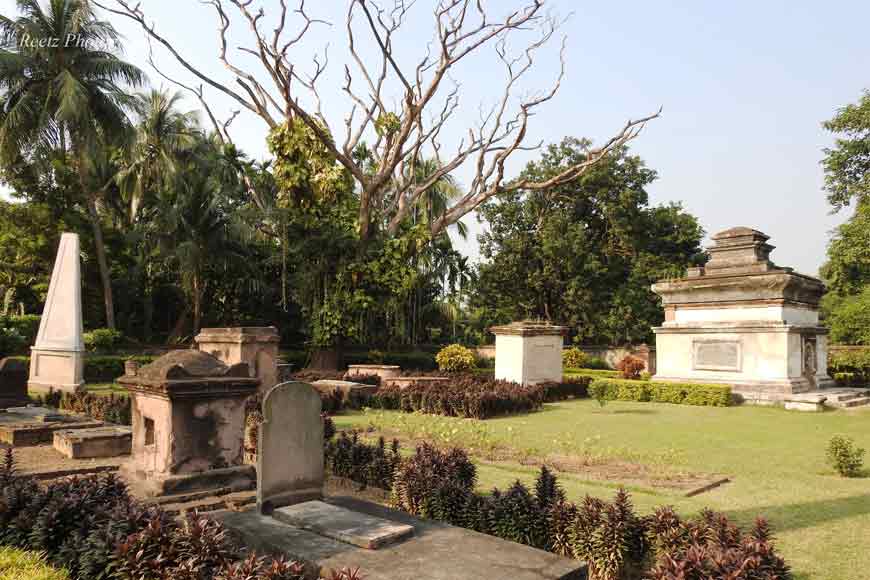This Christmas travel to Chinsurah and discover Bengal’s Dutch connect
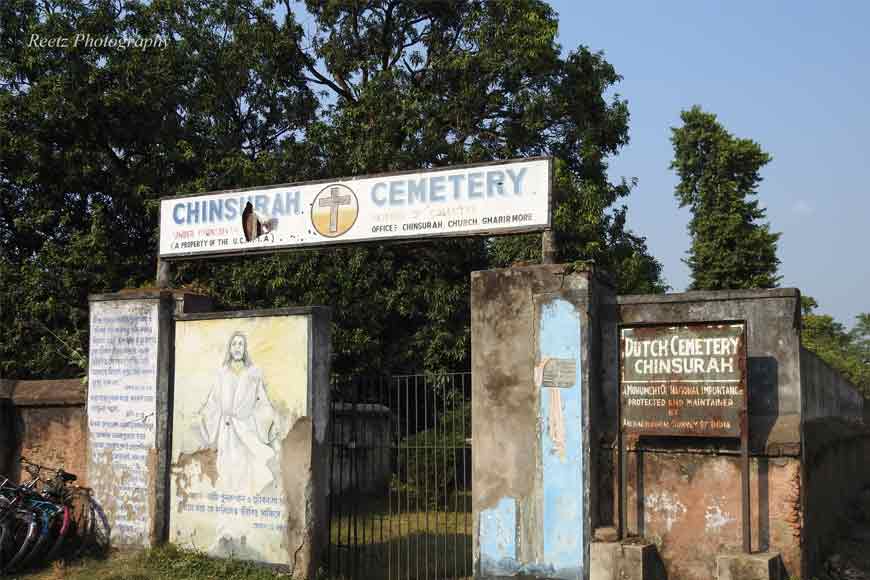
Chinsurah, a small town in the Gangetic belt of Hooghly district, once used to be the centre of Dutch establishment in Bengal. Right here was their Directorate, the capital seat of Dutch Governors. Located 65 kilometers east of Kolkata, Chinsurah can be easily reached by rail or road. Even today, many of the houses bear the touch of Dutch architectural patterns – thick pillars, lofty verandahs, ornamented iron grills with round facades. Kolkata speaks a lot about its British empowerments, but this part of the city will take you to a different colonial time altogether.
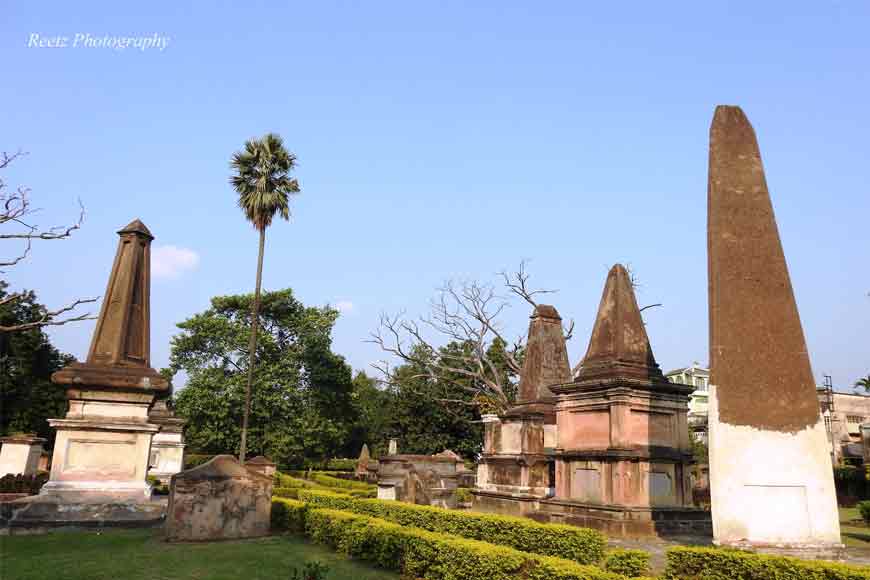
Even before the British set sailed to India, the Dutch had established their trade in Bengal as early as in the 16th century. By 1655, the Dutch Directorate of Bengal was declared as a separate organization led by Pieter Sterthemius, the first Governor of Vereenigde Oost-Indische Compagnie (VOC). It was then they had built the first Dutch cemetery at Hooghly. In 1740s, the silk trade kissed a boom. As the chief factory got shifted to Chinsurah, the cemetery too witnessed a transfer. The one found today at the junction of Phulpukur Road and Jatish Chandra Ghosh Sarani in Chinsurah is the new cemetery built by General Louis Taillefert of Dutch East India Company. Sadly, no identifying remains of the old one exists today.
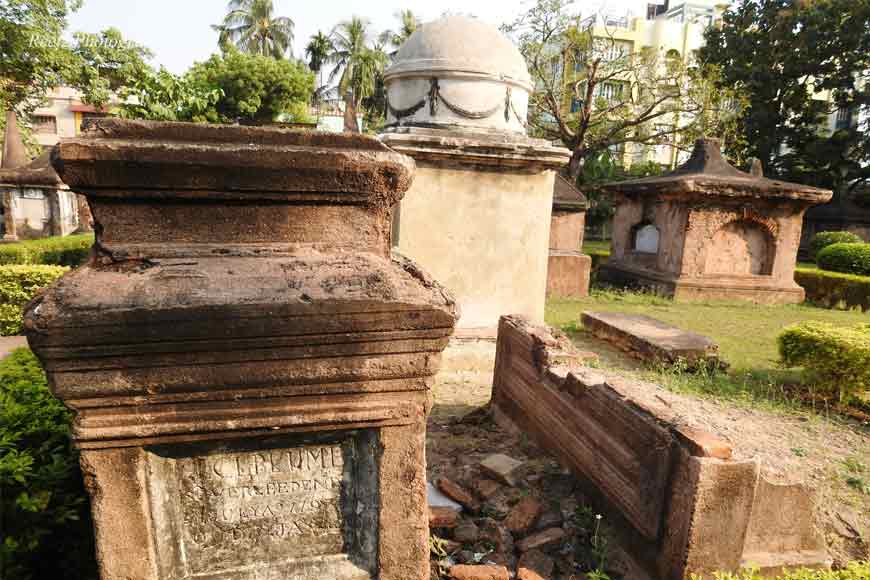
We reached the burial ground around four in the evening. There was a whacked board bearing the name of the cemetery and its archaeological details. The rectangular plot was surrounded by an old brick wall on all sides. There was only one unceremonious entry gate constructed by Archaeological Survey of India. Honestly speaking, from its first looks, I was not so impressed with the overall maintenance of such a heritage site. But as I walked in to discover the cemetery’s historic importance, all other aspects took a back seat. Extravagant granite and marble tombs with ancient stone epitaphs beckoned us inside.
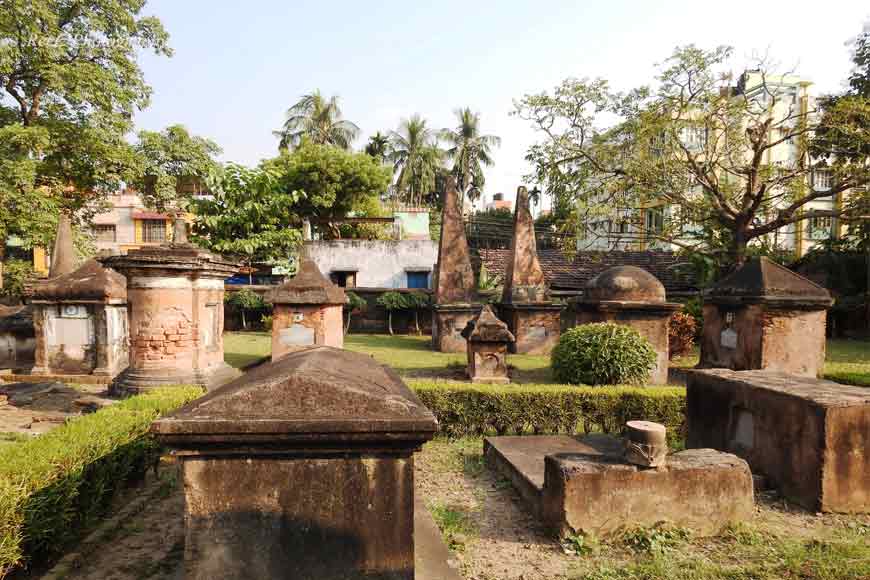
There are no entry formalities here unlike Park Street Cemeteries. We slipped through an outlandish iron roller gate to witness the lost kingdom. The graveyard is situated just beside an abandoned Dutch fortification named Fort Gustavus. It houses around two hundred graves, mausoleums and tombs belonging to Dutch, British and Portuguese origins entombed between 1740 to 1850. All the gravestones are well decorated with large crypts and detailed epitaphs. Out of all the people buried here, total forty-five belong to high profile Dutch personalities like Governors, Directorates, and Commissioners etc. Most of them can be distinguished by their pyramidal memorial built on top of the coffins while others are flat tomb boxes with plain cenotaphs. Towards the southern side of the cemetery, couple of Dutch memorials looked extraordinarily decked with stone pillars and interior chambers. Ancient trees inside the cemetery have been sheltering them with care over centuries.
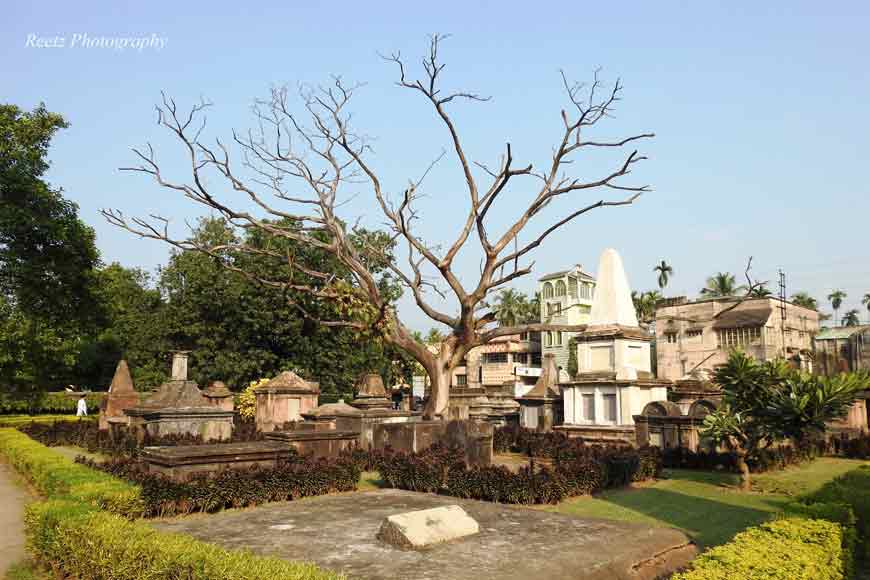
The most remarkable ones are those of George Vernet, H.A. Borwater (commonly known as Mrs. Vernet), Andrew Belcher, Daniel Overbeck (last Dutch Governor), Gregorius Herklots and Charles Weston’s daughters (named Mary Diemer and Elizabeth Johnson respectively).
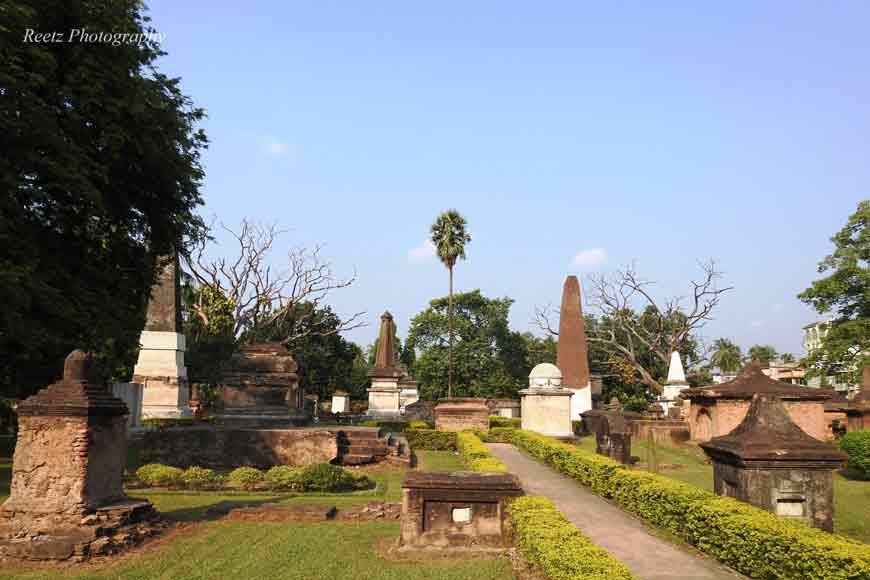
I was particularly looking for Sir Cornelius de Jonge’s grave which is believed to be the oldest of the tombs here, engraved in 1743. But unfortunately, I could not locate it; probably the epitaph has worned out, making it completely unidentifiable among many others. In 1993, a devastating tornado had destroyed many of the old obelisks, ruining many of them to debris. However, the colonial spirits preserved inside had taken us to centuries behind. A distant locomotive honk brought us back to present.
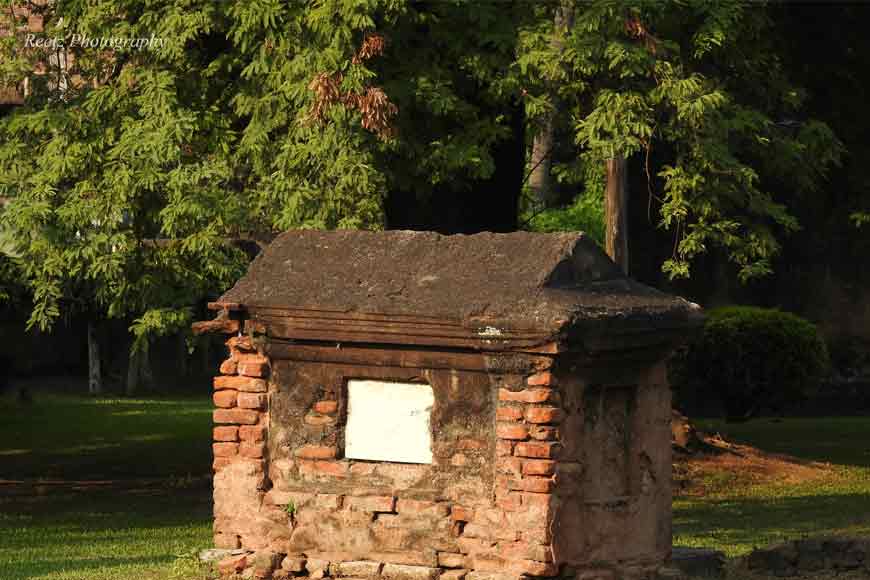
The mysterious appeal of the place demands a visit. An hour spent at this Dutch cemetery of Chinsurah will last in our memories for long.
How to reach
If you prefer road trips over train journeys chose to drive via G.T. Road until Gorosthan More. ‘Gorosthan’ in Bengali means graveyard. It took us almost 2.5 hours with tea break at a roadside joint of Belghoria Expressway. If highway drive thrills you, then old Delhi Road will be a better choice. Might be little longer a route, but peaceful compared to crowded GT Road.
